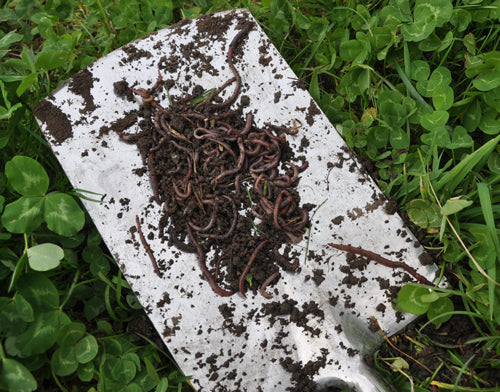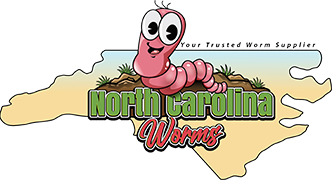The Best Strategy To Use For North Carolina Worms
The Best Strategy To Use For North Carolina Worms
Blog Article
Fascination About North Carolina Worms
Table of ContentsNorth Carolina Worms for DummiesRumored Buzz on North Carolina WormsNorth Carolina Worms - QuestionsNorth Carolina Worms - The Facts
Instance: 1-gallon of worm spreadings to 4 gallons of potting mix. 1/2 cup in the base of the growing hole for smaller sized plants. 1 mug for larger plants.
The addition of tea can also include enhanced microbial biomass to your soil. You can constantly side-dress your plants with worm castings at any kind of time. Simply remember, the microbes will die if subjected to UV rays (Sun), so make certain to cover the castings with an inch approximately of soil.
This baffled them for years till the testing techniques came to be better. It would obtain better(with even more castings), level off, and after that decline. As well numerous worm castings would certainly accelerate the growth to a rate that the plant can not recover from.
The 6-Minute Rule for North Carolina Worms
I have stated the virtues of worm castings for concerning 2000 words. Worm spreadings are no various. It takes time to produce high quality worm castings.
Worm spreadings definitely cost even more than chemical fertilizers. Worm spreadings are on the more affordable end of organic plant foods. (50 gallons per year) It is a much more challenging and very pricey investment to generate big quantities of worm spreadings.

Creating a healthy and balanced soil may be the greatest benefit of worm castings. We discussed worm spreadings NPK and also the appropriate nutrient evaluation that must use to worm spreadings.
The Facts About North Carolina Worms Uncovered
Ultimately, we discussed a few of the disadvantages related to worm castings. I covered a great deal of product in this write-up. There are a great deal of links (interior and outside). If you would such as even more details on a certain subject, please click via the web links to read more. As always, feel totally free to comment or ask concerns.
The upright burrows are normally open, although the worms top the top with residue and waste matter. Origins need oxygen for their growth, whereas they generate carbon dioxide that requires to leave the soil.
Earthworms increase porosity by 2 systems: (1) by producing permanent burrows, and (2) by improving dirt aggregation. Aggregation is boosted by the blending of soil and natural issue in the earthworms' digestive tracts. Lake Rhodhiss Bait. These extremely stable accumulations are deposited by some earthworms in their burrows, and by others at the surface area of the dirt


In an additional research, earthworms were estimated to take in 4 to 10 percent of the top 6 inches of the dirt each year. This only mosts likely to show the huge amounts of soil that can be processed by earthworms. Dirt compaction minimizes the porosity of the dirt. Due to the fact that earthworms increase porosity, they decrease the effects of compaction.
Our North Carolina Worms PDFs
Normal earthworm populations can easily consume 2 tons of completely dry issue per acre annually, partly absorbing and mixing it with soil. The relevance of earthworms to blend surface residue with dirt ends up being very clear in dirts that do not have any type of earthworms. A lot of our Pennsylvania dirts contend least some earthworms, and the result of their total absence, consequently, can not be kept in mind.
(https://ad-links.org/North-Carolina-Worms_323077.html)In these soils, the formation of topsoil with affordable raw material material did not occur, causing bad crop development. Once the reason was developed, the government of the Netherlands began a project to introduce earthworms. After the intro of the earthworms, a dark topsoil layer was developed, and plant growth increased significantly.
They live largely from partly broken down organic issue that is currently integrated in the soil. These varieties ingest large quantities of dirt that they mix with absorbed plant residue in their guts.
Their burrows continue to be open, although they cover the top with plant deposit that they pull to the entry. These types ingest significant quantities of soil that they blend with digested residue in their intestines. Their excrement is primarily transferred at the surface of the dirt. The nightcrawler Lumbricus terrestris is the most prominent participant of this group.
Report this page